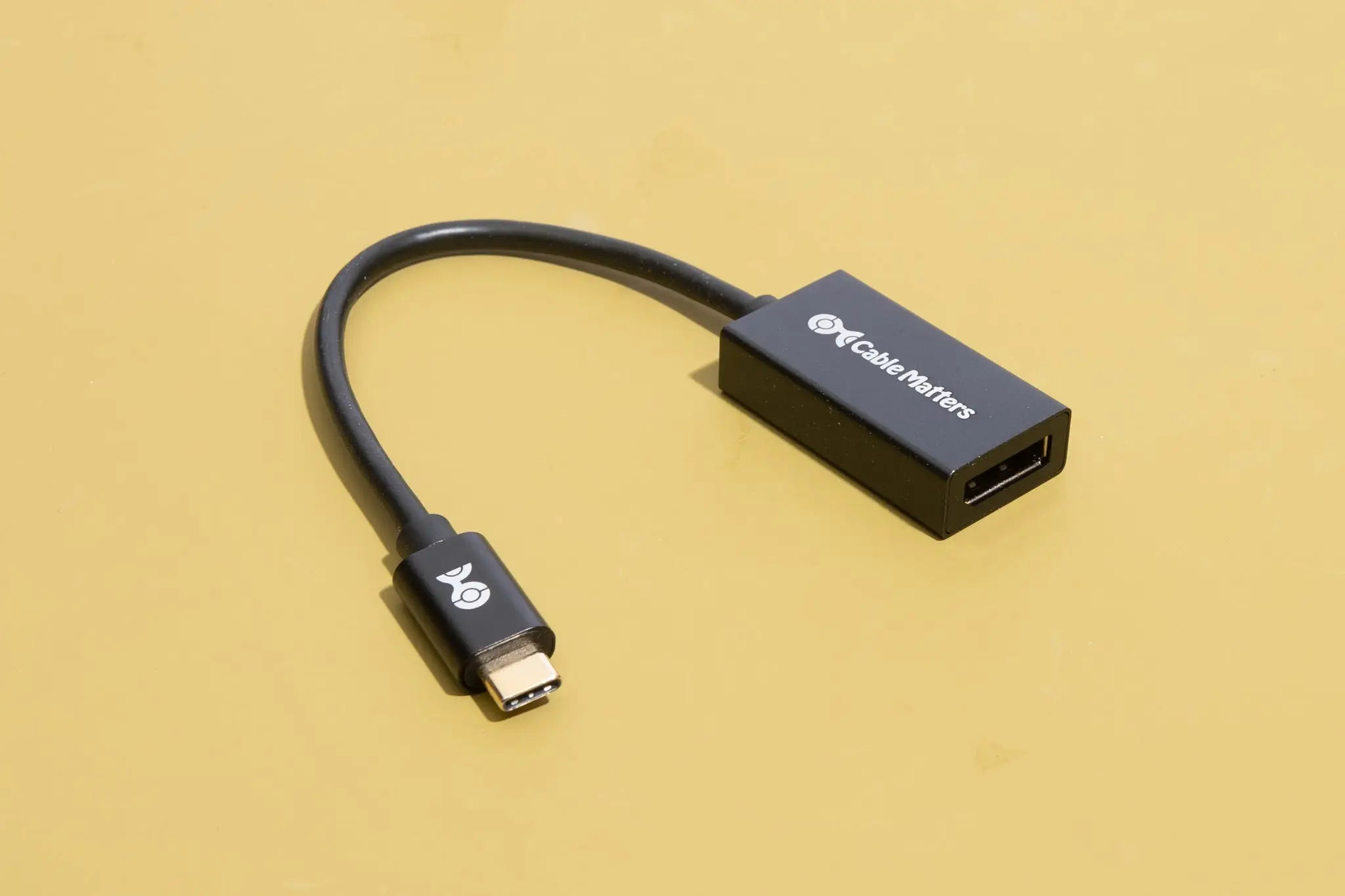How does a USB-C to USB to HDMI adapter work?


USB-C to HDMI adapters have become increasingly popular in recent years as more devices, such as laptops and smartphones, are equipped with USB-C ports. These adapters allow users to connect their USB-C devices to HDMI-enabled displays, such as TVs and monitors, to enjoy high-quality video and audio output. But how exactly do USB-C to HDMI adapters work? In this article, we will explore the inner workings of these adapters and explain how they enable seamless connectivity between USB-C and HDMI devices.
Understanding USB-C and HDMI
Before delving into the specifics of USB-C to HDMI adapters, it is important to have a basic understanding of USB-C and HDMI technologies.
USB-C, also known as USB Type-C, is a versatile and reversible connector that has gained widespread adoption in recent years. It offers faster data transfer speeds, higher power delivery capabilities, and the ability to transmit audio and video signals. USB-C ports can be found on a wide range of devices, including laptops, smartphones, tablets, and even some gaming consoles.
HDMI, on the other hand, stands for High-Definition Multimedia Interface. It is a standard for transmitting uncompressed audio and video signals between devices. HDMI ports are commonly found on TVs, monitors, projectors, and other display devices. HDMI cables are used to connect these devices to video sources, such as DVD players, gaming consoles, and now, USB-C devices.
How USB-C to HDMI Adapters Work
USB-C to HDMI adapters serve as a bridge between USB-C devices and HDMI-enabled displays. They convert the USB-C signal into an HDMI signal, allowing the device to be connected to an HDMI display. Here is a step-by-step breakdown of how these adapters work:
1. USB-C to HDMI adapters consist of a USB-C connector on one end and an HDMI connector on the other end. The USB-C connector is plugged into the USB-C port of the device, while the HDMI connector is connected to the HDMI port of the display.
2. When the USB-C device is connected to the adapter, it sends a digital video signal through the USB-C port.
3. The adapter then converts the digital video signal into an HDMI-compatible format. This conversion process involves encoding the video signal and adjusting it to meet the HDMI standard.
4. Once the video signal has been converted, it is transmitted through the HDMI connector to the display device.
5. The display device receives the HDMI signal and decodes it to display the video on the screen. The audio signal, if present, is also extracted and played through the display’s speakers or audio output.
Benefits and Limitations of USB-C to HDMI Adapters
USB-C to HDMI adapters offer several benefits that make them a popular choice for connecting USB-C devices to HDMI displays:
– Versatility: USB-C to HDMI adapters can be used with a wide range of devices, including laptops, smartphones, and tablets. This versatility allows users to connect their devices to different types of displays, such as TVs, monitors, and projectors.
– High-Quality Video and Audio: These adapters support high-definition video and audio output, allowing users to enjoy their favorite movies, TV shows, and games in stunning detail and clarity.
– Plug-and-Play: USB-C to HDMI adapters are typically plug-and-play devices, meaning they do not require any additional software or drivers to function. Simply connect the adapter to the device and display, and you’re ready to go.
Despite their many benefits, USB-C to HDMI adapters do have some limitations:
– Compatibility: While USB-C is becoming increasingly common, not all devices have USB-C ports. Therefore, these adapters may not be compatible with older devices that only have USB-A or other types of ports.
– Display Resolution: The maximum display resolution supported by a USB-C to HDMI adapter may vary depending on the specific adapter and the capabilities of the connected devices. It is important to check the specifications of the adapter and the devices to ensure compatibility and optimal performance.
– Power Delivery: Some USB-C to HDMI adapters may not support power delivery, meaning they cannot charge the connected device while in use. This limitation may be a concern for users who rely on their devices for extended periods.
Conclusion
USB-C to HDMI adapters provide a convenient solution for connecting USB-C devices to HDMI displays. By converting the USB-C signal into an HDMI signal, these adapters enable seamless connectivity and high-quality video and audio output. While they offer versatility and ease of use, it is important to consider compatibility, display resolution, and power delivery limitations when choosing a USB-C to HDMI adapter. With the increasing popularity of USB-C devices, these adapters are likely to remain an essential accessory for users looking to connect their devices to HDMI-enabled displays.
Recent Posts
How do I create an engaging and informative online quiz or assessment?
Creating an engaging and informative online quiz or assessment can be a powerful tool for… Read More
What are the most effective methods for managing and reducing work-related stress in the hospitality industry?
Work-related stress is a common issue in the hospitality industry, where employees often face long… Read More
How can I improve my assertiveness and communication skills in a leadership position?
In a leadership position, assertiveness and effective communication skills are crucial for success. Being able… Read More
What are the key elements of a successful employee recognition and rewards program?
Employee recognition and rewards programs play a crucial role in motivating and engaging employees, as… Read More
How do I effectively manage and respond to customer feedback and reviews?
Customer feedback and online reviews play a crucial role in shaping a company's reputation and… Read More
What are the best strategies for effective time management as a stay-at-home parent?
Effective time management is crucial for stay-at-home parents who juggle multiple responsibilities on a daily… Read More